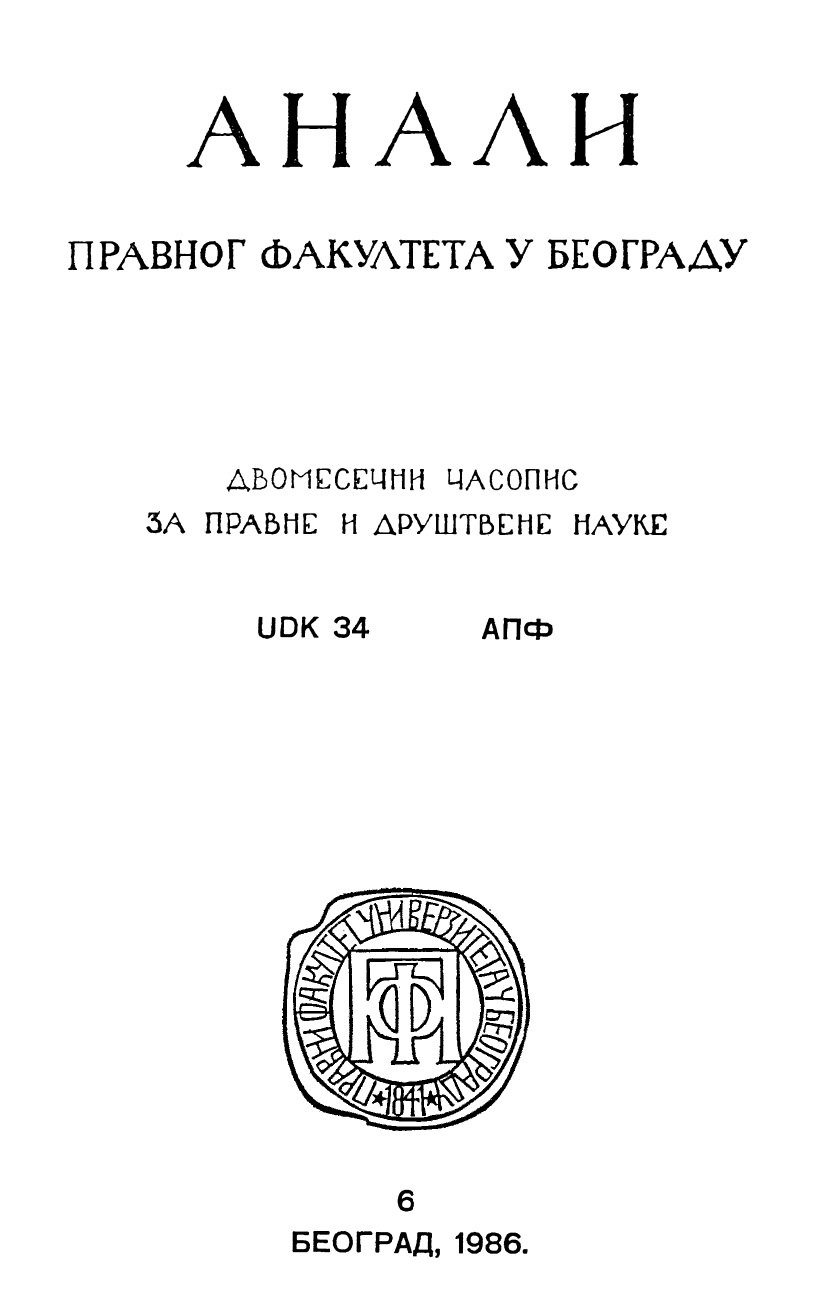УВОД У НОРДИЈСКО ПРАВО
INTRODUCTION IN THE NORDIC LAW
Author(s): Stig StronholmSubject(s): Law, Constitution, Jurisprudence
Published by: Правни факултет Универзитета у Београду
Summary/Abstract: It is not a rare case that the Nordic law is considered as a single legal entirety within a wider family of the „Romano-German law", in spite of the existing particularities which distinguish it not only from the European continental legal system, at the one hand, and the general, namely common law system, at the other, but which make a ground of making a difference between legal systems of individual Nordic countries — Sweeden, Norway, Denmark, Finland and Iceland. Along these lines, the Nordic law is taking an „intermedial position" between the European and general law. Out of historical circumstances which were influential for the particularity of the Nordic law, special role has been played by a relatively late including of Scandinavia into European trends, as well as by a relatively well-established and stable social structure of the Scandinavian countries, which have prevented deeper penetration of the adopted Roman and Canon laws in the Middle Ages, namely which had made possible the existence of numerous traditional legal institutes (for instance, in the family and property law relations). The institutes of the Nordic law which are of the comparative interest are numerous and they are characteristic for almost all aspects of legislation, administration and judiciary. Thus, for example, in the sphere of law-making in Sweeden (the situation is similar in other Nordic countries, too), the medieval codes are still, in use, namely „the books" which regulate various spheres of legal activities. In fact, the contents of most of these books is changed today, but they still, as such, make a foundation of the Sweedish legislative order. Numerous are also the particularities of the legislative procedure — namely, specific role of the so-called royal commissions, wide and composite public discussion, the significance of the commentaries, and the like. The organisation of the judiciary, too, as well as that of the administration in Sweeden has some specific characteristics, such as performing some affairs and activities by the courts, which are done in other countries by the banks, practicing lawyers or by the administration agencies (keeping the books of title for real priperty, the inventory of the property of the deceased, supervision and guardianship, and the like). Finally, there is the well-known institution and creation of the Nordic law of „ombudsman", which amounts to a particular kind of public prosecutor, and which has been established in 1809. A paradox of legal history in this case is perhaps also in the fact that, while this institution has been accepted by quite a number of countries in the world, people think in Sweden about the possibility of its abolition.
Journal: Анали Правног факултета у Београду
- Issue Year: 34/1986
- Issue No: 6
- Page Range: 593-606
- Page Count: 14
- Language: Serbian

